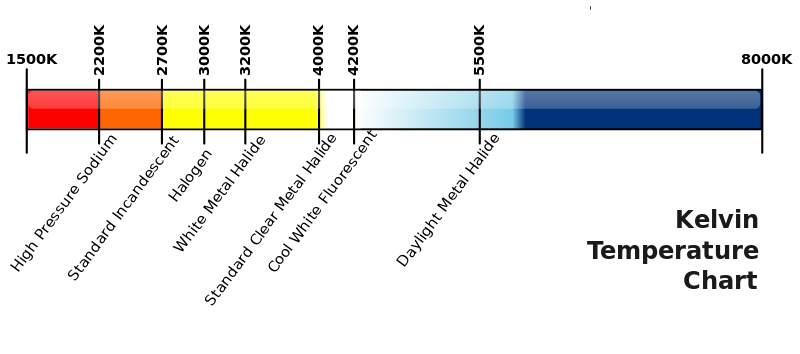
A new class of organic substances — discovered by scientists from the Institute of Physical Chemistry of the Polish Academy of Sciences and the Faculty of Chemistry of the University of Warsaw — emits white light with continuous spectrum.
This achievement provides experimental evidence that only a single component luminophore will be necessary to construct eye-friendly light sources and displays.
Tired eyes and the impression that white is artificial are known to everyone who spends time in places lighted by popular non-thermal sources like fluorescent lamps or LEDs. Scientists from laboratories all over the world have been trying to eliminate these unpleasant side effects for years in their search for methods to recreate sunlight, which is the most natural light for humans. In the Institute of Physical Chemistry of the Polish Academy of Sciences (IPC PAS), it was shown that this objective could be achieved. “We have discovered a class of organic molecules emitting white light with continuous spectrum covering almost the entire visible range,” says Dr Jerzy Karpiuk from the IPC PAS who heads the research team. It is also important that the emission of the white light was obtained from one chemical compound with a very simple structure.
White is a special colour which is created as a result of mixing light of all wavelengths in the visual range — i.e., from approximately 420 to 730 nanometres (one nanometer is one billionth part of a meter). The white colour of fluorescent lamps and similar artificial sources is created by the mixture of three colours only: red, green and blue, which come mainly from the non-continuous emissions of various inorganic (halophosphate or triphosphate) luminophores. The light obtained in this way is devoid of many colour components, and it is this effect that is responsible for the unpleasant visual sensations. In addition, the need to use several substances lowers the energetic efficiency of light sources and complicates their manufacturing technology.







